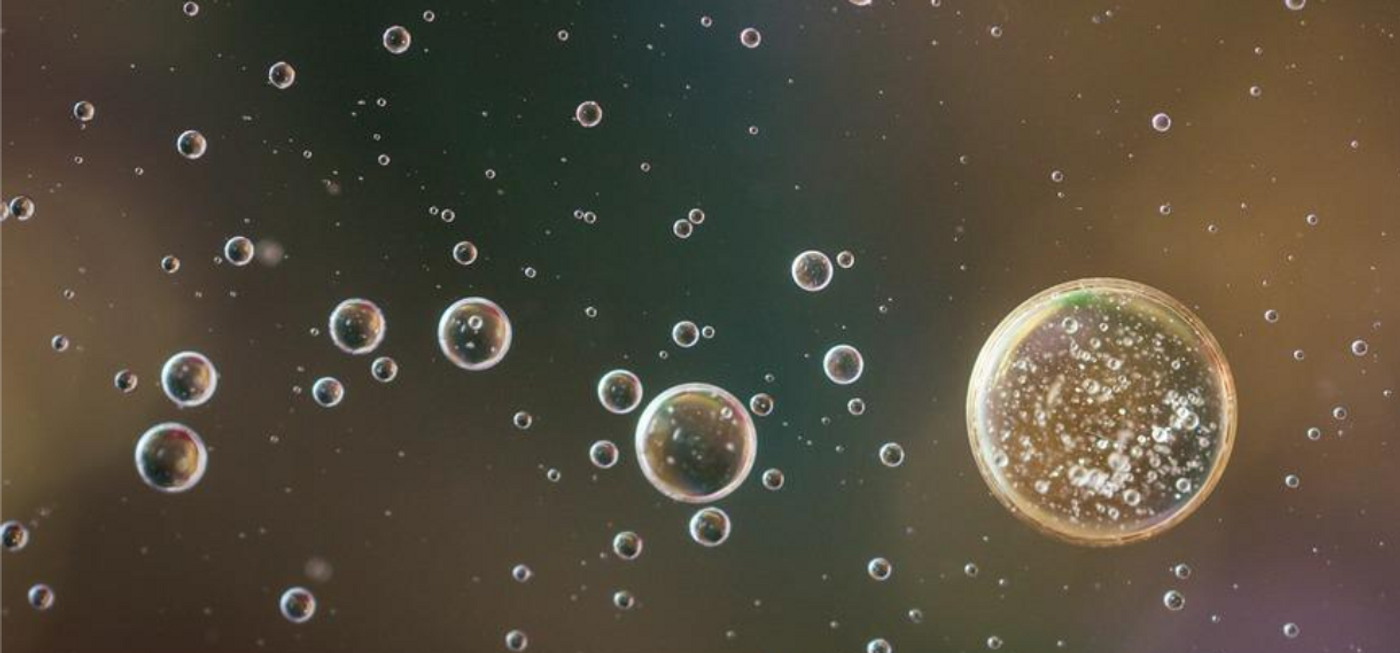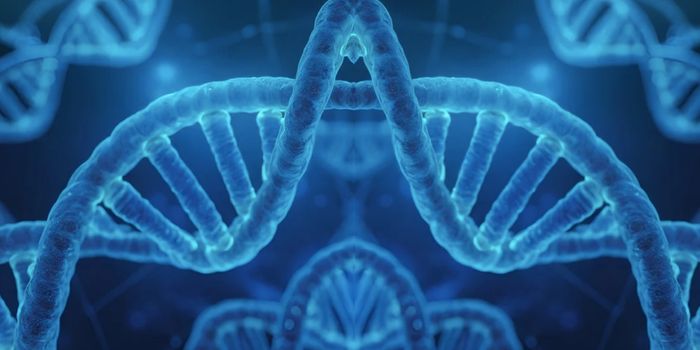In Cells, There is Phase Separation & Cluster Formation
There are hundreds of molecules and many structures packed into cells, and living cells can be a lot more complex than they appear in textbooks. The cytoplasm of cells is typically full of different proteins, enzymes and other things that have to carry out essential biochemical reactions. Scientists have found in recent years that inside of cells, there is a kind of phase separation like what is observed when oil is mixed with water, in which droplets form in the cytoplasmic solution. These biomolecular condensates seem to concentrate important components of the cell together so they can do their jobs more easily. It had been thought that these droplets only formed when a certain concentration of phase-separating proteins was reached. New research has suggested otherwise, however. The findings have been reported in the Proceedings of the National Academy of Sciences.
In this study, the researchers examined solutions that carried very low concentrations of phase separation proteins (see videos). Living cells typically have levels of phase-separating proteins that are so low, they are below the threshold thought to be required for generating condensates, noted lead study author Mrityunjoy Kar, a researcher in the lab of study co-leader Anthony Hyman, director at the Max Planck Institute of Molecular Cell Biology and Genetics (MPI-CBG). Researchers have thought that these low concentration solutions disperse proteins, and don't group them together.
"However, our experiments tell us otherwise," said Kar. "We find, rather surprisingly, that subsaturated solutions include a diverse spectrum of species that we refer to as clusters. The clusters are not biomolecular condensates delineated by a phase boundary.”
Dynamic clusters were found in solutions that were thought to not have enough separation proteins to generate condensates. Specific interactions produce many small clusters, which have structure that encodes function, said study co-leader Rohit Pappu, the Gene K. Beare Distinguished Professor of biomedical engineering in the McKelvey School of Engineering at Washington University in St. Louis.
Clusters of different sizes and distributions in solution are produced by increasing concentrations of phase-separation proteins, the researchers suggested.
Now that these clusters have been identified, scientists can start to investigate what they do. Pappu noted that it will be important to follow up on solutions with low concentrations, because those are the levels that are physiologically relevant.
Sources: Washington University in St. Louis, Proceedings of the National Academy of Sciences









